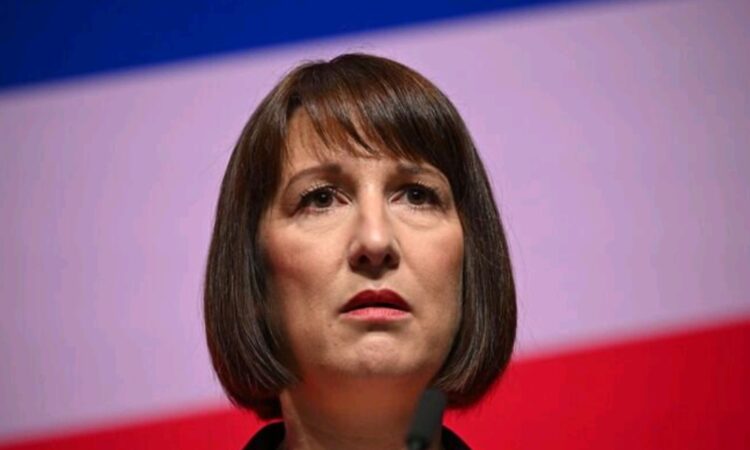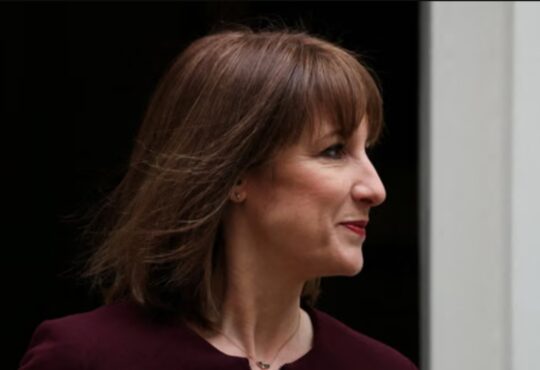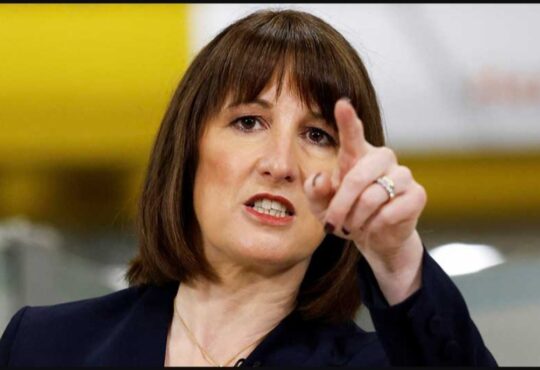
Nearly 50 years ago, a simple but powerful poster changed British politics. It showed a long line of people waiting outside an unemployment office with the words: “Labour isn’t working.” The message hit hard because it was true – under Labour in the late 1970s, unemployment was rising, and the economy was struggling. That poster helped the Conservatives win the 1979 election, and Labour was left to deal with the fallout.
Now, decades later, the same message could come back to haunt Labour. Chancellor Rachel Reeves, who took charge of the economy just six months ago, is already facing criticism. Many fear her policies could lead to a surge in unemployment, just like in the past. And with the economy still fragile, people are asking: is history repeating itself?
Labour governments have a long history of struggling with unemployment. Almost every time Labour has been in power, unemployment has gone up by the time they left office. Here’s a quick look at the record:
- 1974-1979: Under Harold Wilson and James Callaghan, unemployment rose from 3.6% to 5.3%.
- 1997-2010: Tony Blair’s government started with unemployment at 7.2%, but it rose to 7.9% by the time they left.
- 1929-1931: During the Great Depression, unemployment nearly doubled to around 20%.
- 1945-1951 and 1964-1970: Unemployment also increased under these Labour governments.
The only exception was Ramsay Macdonald’s short-lived government in 1924, but even then, unemployment was still a shocking 10.8%.
Warning Signs for Keir Starmer’s Government
Keir Starmer’s Labour government is still new, but the warning signs are already there. Unemployment is starting to rise, and businesses are struggling under the weight of higher taxes and stricter rules. Here’s what’s happening:
- Rising Unemployment: Official figures show unemployment rose to 4.4% in late 2023. In December alone, 47,000 fewer people were on payrolls – the biggest drop since 2020.
- Job Cuts in Key Sectors: Retail, hospitality, and banking are all seeing job losses. Marks & Spencer’s boss Stuart Machin warned that the retail sector is being “raided like a piggy bank” by the government’s policies.
- Business Confidence at Rock Bottom: The Federation of Small Businesses says confidence is at its lowest since the pandemic. One in three firms plans to cut jobs or freeze hiring because of rising costs.
- Public Sector Struggles: Universities, local governments, and charities are also preparing for mass layoffs.
Many blame Labour’s economic policies for the growing crisis. Last autumn’s Budget introduced higher taxes on businesses, including increased National Insurance contributions for employers and a big rise in the minimum wage. These changes have made it harder for companies to hire new staff or invest in growth.
At the same time, Labour has promised new rights for workers, which could make hiring even riskier for businesses. With the economy already weak, these policies are forcing companies to cut jobs instead of creating them.
Fewer jobs mean less tax revenue for the government, which is already struggling to balance its books. This could lead to cuts in public services or even more taxes on businesses and workers. It’s a vicious cycle: fewer people working means less money being spent, which hurts businesses and leads to even more job losses.
The unemployment crisis is part of a much bigger problem. Since the COVID-19 pandemic, millions of working-age Brits have dropped out of the workforce. While 1.5 million people are officially unemployed, another 9.3 million are not working or looking for work. This includes:
- 2.5 million people off work due to sickness, including mental health issues.
- 1.2 million aged 50-64 who have retired early.
If Labour wants to boost the economy, it needs to get more people back into work. But with business confidence at rock bottom and the global economy struggling, that’s easier said than done.
Rachel Reeves and Keir Starmer have promised to focus on growth, cut red tape, and build more infrastructure and housing. But critics say Labour’s policies so far show a lack of understanding of how businesses operate. Without a major shift in approach, many fear Labour’s legacy will be the same as its predecessors: rising unemployment and economic stagnation.
Conclusion: Is Labour Failing Again?
The iconic 1978 poster still feels relevant today. Labour’s history with unemployment is a cautionary tale, and the early signs suggest history could be repeating itself. With businesses struggling, jobs being cut, and millions out of work, Labour faces a tough road ahead. The question is: can they turn things around, or will “Labour isn’t working” become their legacy once again?
For many, the answer will depend on whether Labour can listen to businesses, support job creation, and focus on the needs of ordinary people. If not, the unemployment line could keep growing – and so could the anger of voters.





